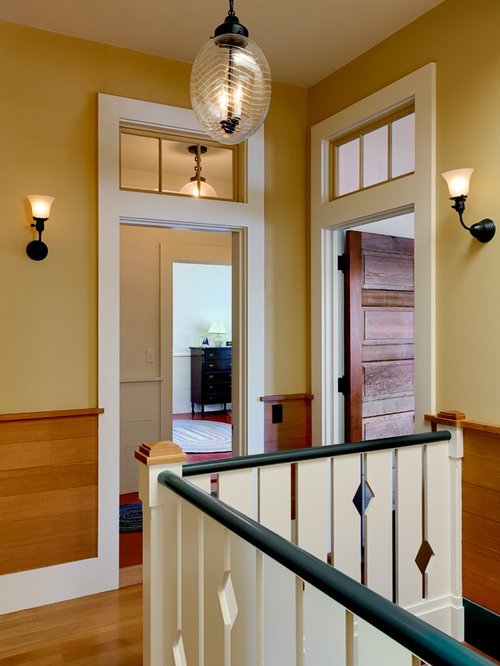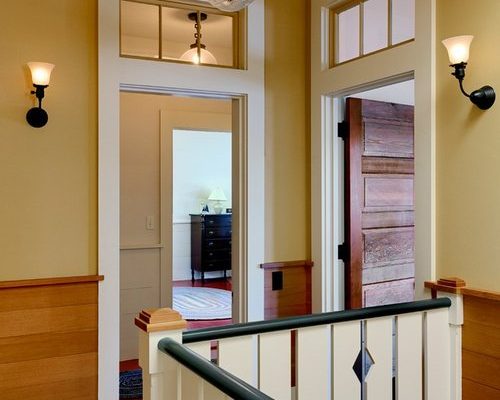
Choosing the right hardware can feel overwhelming, especially with so many options available. You might think about what complements your transom and overall décor. From hinges and doorknobs to elegant handles and locks, there’s a lot to consider. Don’t worry! We’ll walk through this step by step, so you’ll know exactly what to look for when selecting the perfect hardware for your doors.
Why Hardware Matters for Transomed Doors
You might be wondering what makes hardware such an important aspect of your interior doors. Simply put, hardware is the functional and aesthetic backbone of your doors. It’s about more than just making a door open and close; it’s also about the overall look and feel of your space. By choosing the right hardware, you can enhance the architectural features of your transoms while ensuring the doors operate smoothly.
Visual Appeal is key. If the door hardware clashes with the transom, it can throw off the entire aesthetic of the room. Imagine a sleek, modern door paired with bulky, vintage knobs. It just doesn’t work! The right hardware should harmonize with your home’s style, making the doors not only functional but also visually appealing.
Types of Hardware for Interior Doors with Transoms
When selecting hardware, understanding the different types available can simplify your choices. Here’s a quick breakdown:
- Doorknobs: These come in various designs—contemporary, traditional, or even artistic. Consider the finish, too, like brushed nickel, brass, or oil-rubbed bronze. Each can drastically change the look.
- Handles: For doors that see a lot of use, handles often provide ease of grip and can be more ergonomic than doorknobs.
- Hinges: While they’re usually hidden, choosing the right hinges can make a difference. Decorative hinges can bring personality, especially on a transomed door.
- Locks: Security is essential. You might want to opt for a more ornate deadbolt or a simple latch, depending on how often you use the door.
Here’s the thing: When blending these elements, you should aim for cohesion. If your transom has a sleek, modern design, you might want similarly styled hardware rather than something that feels mismatched.
Best Materials for Door Hardware
The materials used in your hardware can significantly impact both aesthetics and longevity. Let’s look at some popular options:
- Brass: Known for its durability and classic appeal, brass has a warm tone that works beautifully with many interior styles.
- Stainless Steel: If you’re after a modern look, stainless steel is sleek and resistant to corrosion, making it a great long-term choice.
- Bronze: If you prefer a vintage vibe, oil-rubbed bronze can add a rich, dark finish that complements wooden doors and transoms alike.
- Glass: For a more unique approach, consider glass knobs or handles. They can add a touch of elegance and work well in light-filled spaces.
Think about how these materials work with the overall design of your space. For example, if your transom is made of wood, pairing it with brass or bronze hardware can enhance that natural feel.
Choosing Colors and Finishes
Color and finish are just as important as the material itself. Let’s explore how to choose colors that work for your interior doors with transoms.
Start by evaluating the existing color palette in your room. Are the walls painted a warm hue, or do they lean more toward cool tones? This assessment will guide you in selecting hardware that blends seamlessly.
Consider complementing colors. For instance, if you have white doors and a dark transom, a matte black finish could create a striking contrast. On the flip side, if your transom is light wood, a polished nickel offset might elevate the look without overwhelming it.
Here’s a tip: A unified finish throughout your space can create a polished, cohesive feel. If your kitchen hardware is brushed nickel, consider extending that finish to your interior doors for a well-coordinated design.
Functional Considerations
While aesthetics are key, don’t forget about functionality! Hardware needs to serve its purpose effectively, and some features can make your doors more user-friendly.
- Ergonomics: Choose hardware that feels comfortable to use. If you have kids or older adults at home, handles that are easier to grip can be beneficial.
- Durability: Look for hardware rated for heavy use, particularly if the door leads to a frequently accessed area.
- Security Features: If your door is a main entry point, invest in high-quality locks or smart lock options that enhance security.
Honestly, investing a little more in quality hardware can save you time and money in the long run, reducing the need for replacements or repairs.
Popular Brands to Consider
When it comes to door hardware, some brands stand out for their quality and design. Here are a few you might want to check out:
- Schlage: Known for its robust locks and stylish designs, Schlage offers a variety of hardware that combines beauty and security.
- Kwikset: This brand is perfect for those who want a balance between affordability and functionality. Their designs range from traditional to modern.
- Emtek: If you’re after unique and customizable options, Emtek specializes in bespoke hardware solutions that can elevate any door.
- Häfele: A go-to for modern designs, Häfele’s products blend innovation with style, perfect for contemporary spaces.
Take your time exploring different brands. Each has its own aesthetic and practical advantages, so finding one that aligns with your vision is crucial.
Installation Tips for Transom Door Hardware
Installing hardware on interior doors with transoms might seem daunting, but with the right approach, it can be straightforward. Here’s a simplified process to help:
1. Gather Your Tools: Make sure you have a screwdriver, measuring tape, and a level handy.
2. Measure Carefully: Before you drill any holes, measure where the hardware will go. This step is essential for a clean look.
3. Mark Your Drill Points: Use a pencil to mark where to drill holes. Accuracy here saves you headaches later.
4. Attach Hardware: Follow the manufacturer’s instructions when affixing the hardware. Make sure everything is aligned and secure.
5. Test Functionality: After installation, open and close the door multiple times to ensure everything works smoothly.
By approaching the installation one step at a time, you can achieve professional-looking results even if you’re a beginner.
Choosing the right hardware for your interior doors with transoms is about finding a balance between style and function. Remember, the hardware you select doesn’t just need to look good; it must also work well and fit your lifestyle. From doorknobs to hinges, every piece plays a role in how your doors operate and how they enhance your space.
As you explore your options, think about the materials, finishes, and brands that resonate with your home’s aesthetic. With a little patience and creativity, you can find the perfect pieces that will not only complement your transoms but also make your interior doors a focal point of beauty and functionality in your home.
